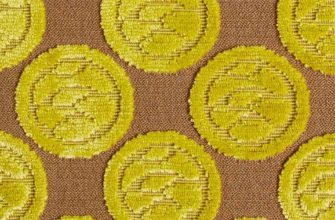To update the appearance of chairs or stools, you can change the upholstery. To extend the life of the new covering, you need to choose the right material. In addition, the covering should be in harmony with the interior. There is a huge variety of options for high-quality furniture renovation.
- Classification of upholstery materials and their composition
- Types of upholstery materials
- Kitchen
- Dining room, living room and study
- The most popular upholstery fabrics
- Chenille
- Jacquard
- Thermal jacquard
- Scotchgard
- Flock
- Velours
- Microfiber
- Alcantara
- Arpatek
- Tapestry
- Rohozhka
- Velveteen
- Artificial and genuine leather
- DIY Fabric Chair Covers
- How to cover a chair with leatherette
Classification of upholstery materials and their composition
Chair upholstery fabric can be classified as follows:
- Artificial or natural.
- Woven and non-woven fabrics.
- Synthetic-natural bases.
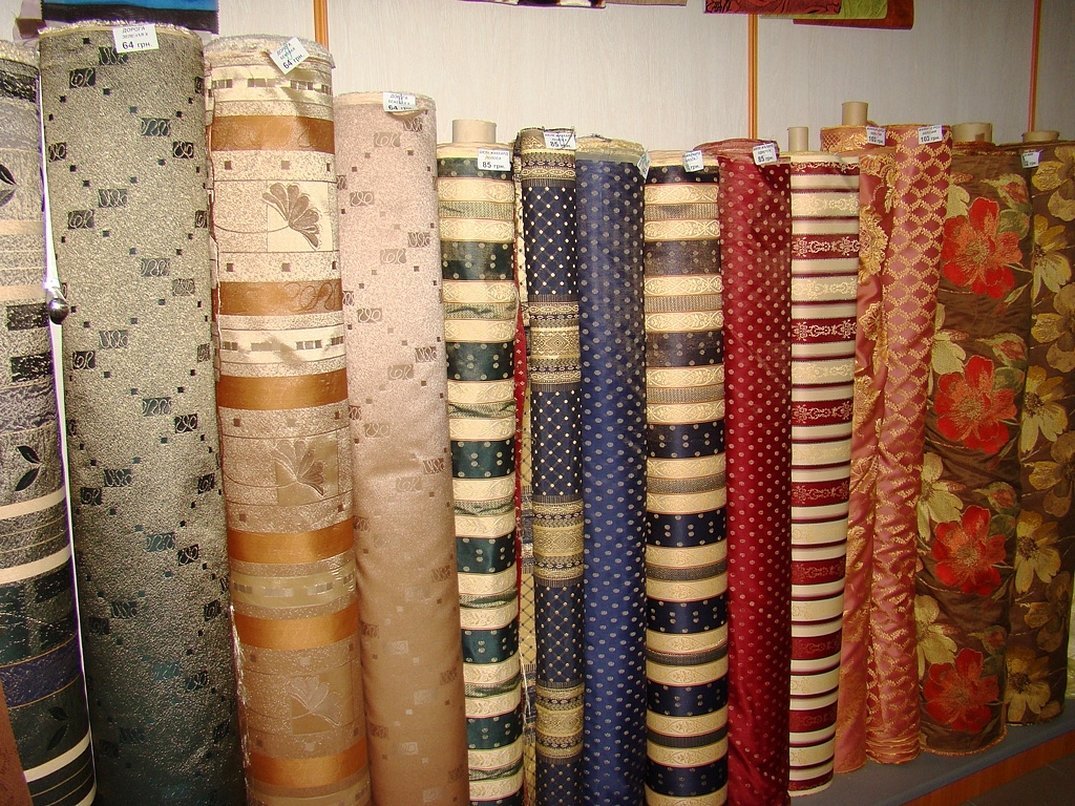
Sometimes several options can be combined within one material.
Types of upholstery materials
Conventionally, chair fabric is divided into several categories. The first can be used as a furniture trim in the hallway, bedroom, living room or office. The second is relevant for the kitchen and dining area.
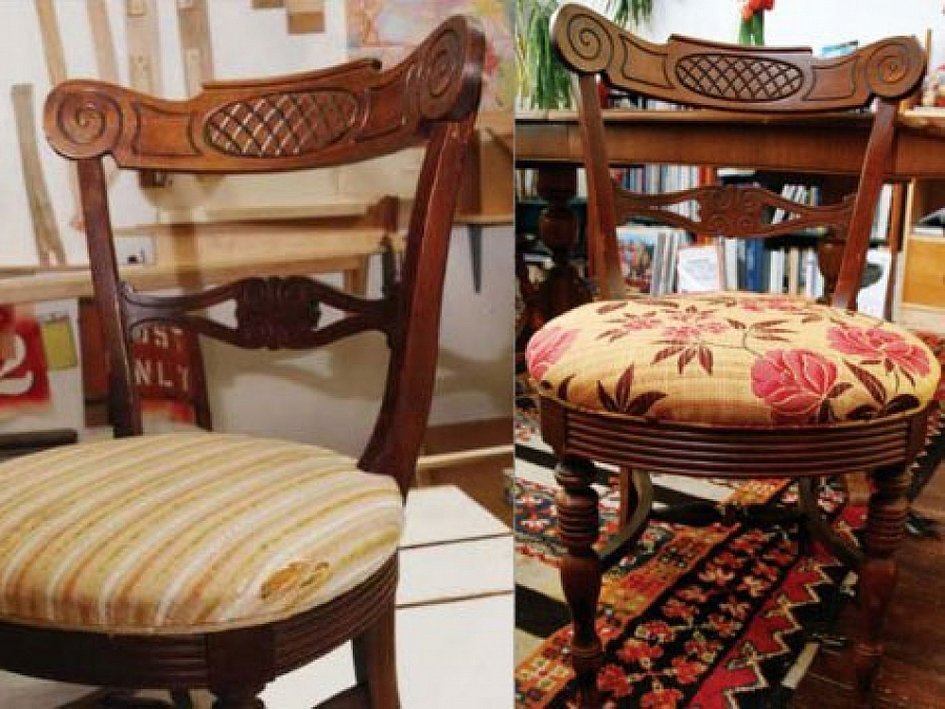
Additional information! You need to pay attention not only to visual nuances, but also to the quality and durability of the material.
Additionally, you need to consider the design of the room, the functional purpose of the room, the color scheme of the space. If you take into account all the nuances, you will be able to choose textiles quickly and effectively.
Kitchen
In the kitchen, chairs are not distinguished by their functionality, so it is much easier to make upholstery. But the surface of kitchen furniture is hard, constantly gets dirty and is constantly exposed to mechanical impact, so the following requirements are imposed on textiles:
- The base must be very strong.
- The product must withstand significant mechanical impacts.
- The texture must be durable so as not to wrinkle or deform during use.
- Textiles should not absorb moisture, not burn and be easy to clean at the first need.
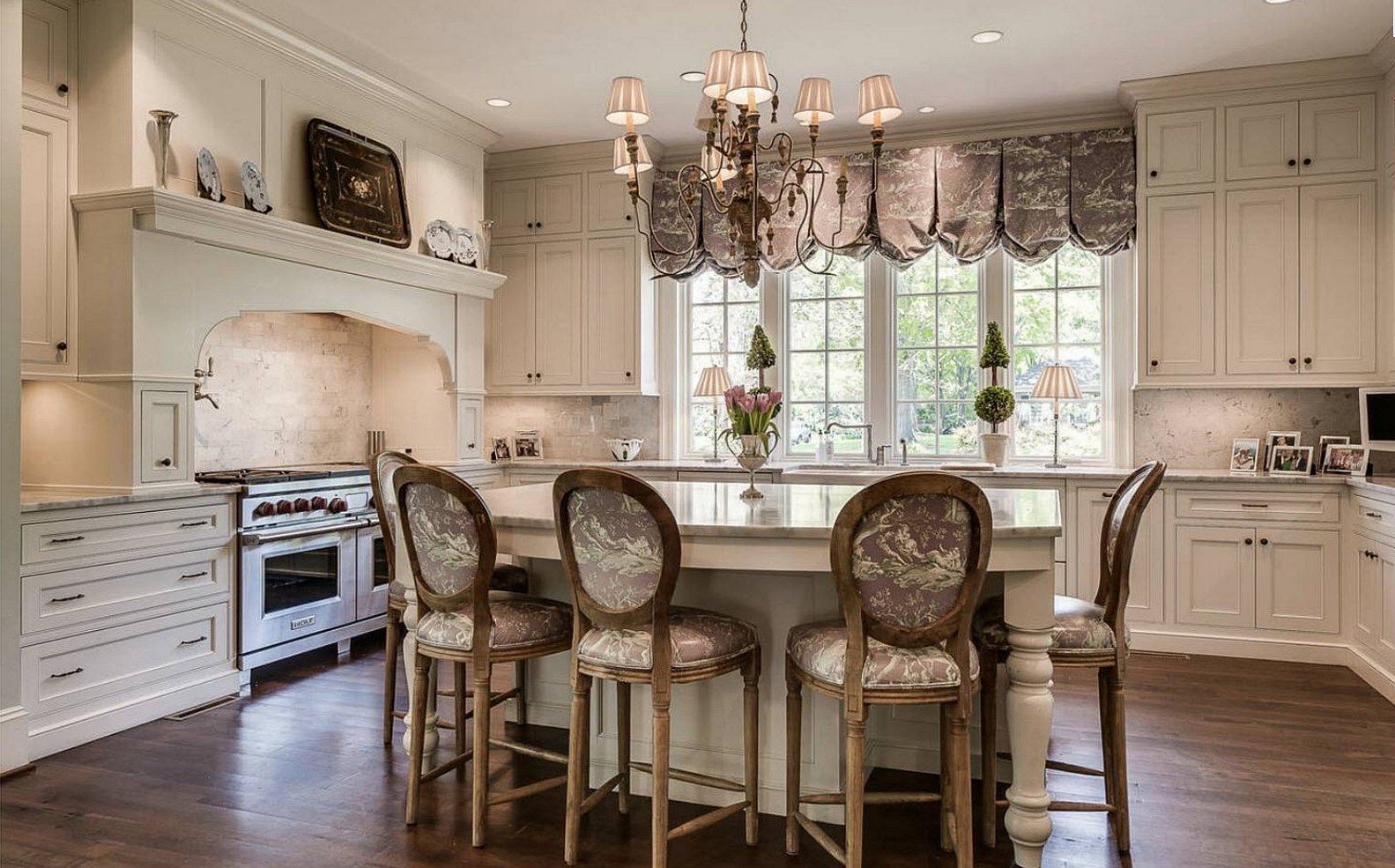
Considering all the requirements for textiles for kitchen chairs, one conclusion suggests itself - dense synthetics will be the ideal option. Synthetic fibers will withstand constant humidity, dry cleaning, and constant mechanical impact.
Dining room, living room and study
The dining room, living room and study are rooms that are often visited by guests and family members. The fabric for the armchair or chair is selected in accordance with this feature:
- The fabric should not pill - pellets can significantly worsen the appearance of the furniture.
- It is not advisable to choose fabrics that wrinkle after minor mechanical impact.
- The appearance should fit into the overall design concept and be attractive.
- The fabric should be easy to clean and not be damaged by household chemicals.
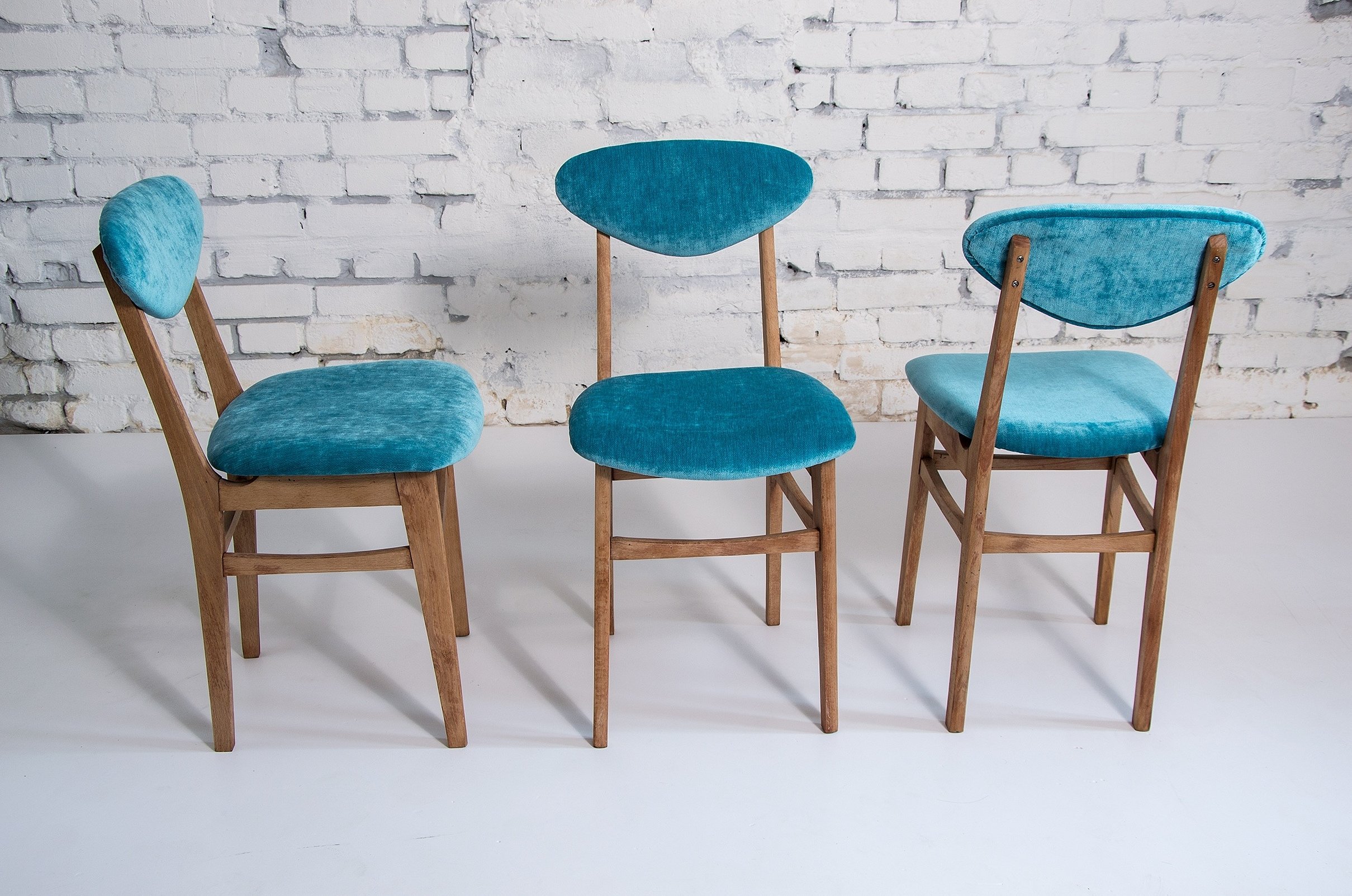
Usually, covers are made of light fabric, since such rooms are designed in calm pastel colors. To prevent the textile from getting damaged during washing, it is treated with Teflon. It repels dirt and odors.
The most popular upholstery fabrics
It is difficult to determine right away which fabric is better for upholstery of chairs. There are many options, each of which is distinguished by the originality of the external plan and the properties of wear resistance, moisture resistance.
Chenille
Chenille means "caterpillar" in French. The fabric got its name because of its unusual appearance - the fibers are tightly twisted, and villi are additionally woven into them. The fabric is textured and looks very rich.
You can cover chairs with fabric of this quality both in the kitchen and in the living room, since the composition includes synthetic and natural fibers in different proportions. Additional advantages of the fabric are:
- A long-lasting colour that does not wash out or fade in the sun.
- The texture is soft, elastic, pliable and easy to work with.
- Thanks to its composition and density, it retains an attractive appearance for a long time.
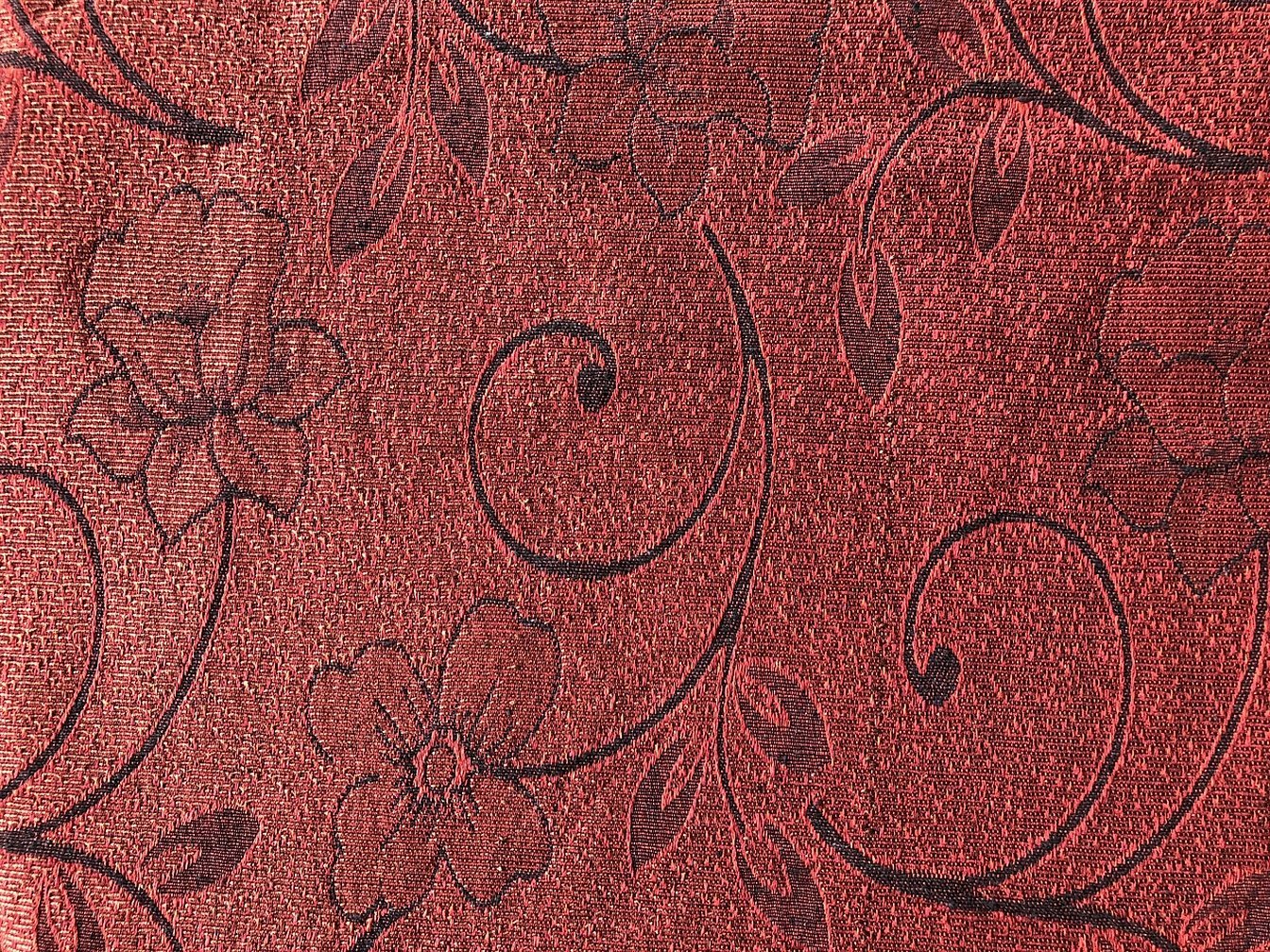
There is also a drawback: chenille strongly absorbs moisture and liquid, and takes a long time to dry.
Jacquard
Jacquard is a relatively inexpensive material that has many advantages:
- The weave of the fibers is dense.
- The fabric contains synthetic and natural fibers.
- The textile does not deform, does not fade in the sun, and does not wear out over a long period of time.
Please note! Jacquard is a premium fabric, especially if it contains a lot of natural raw materials.
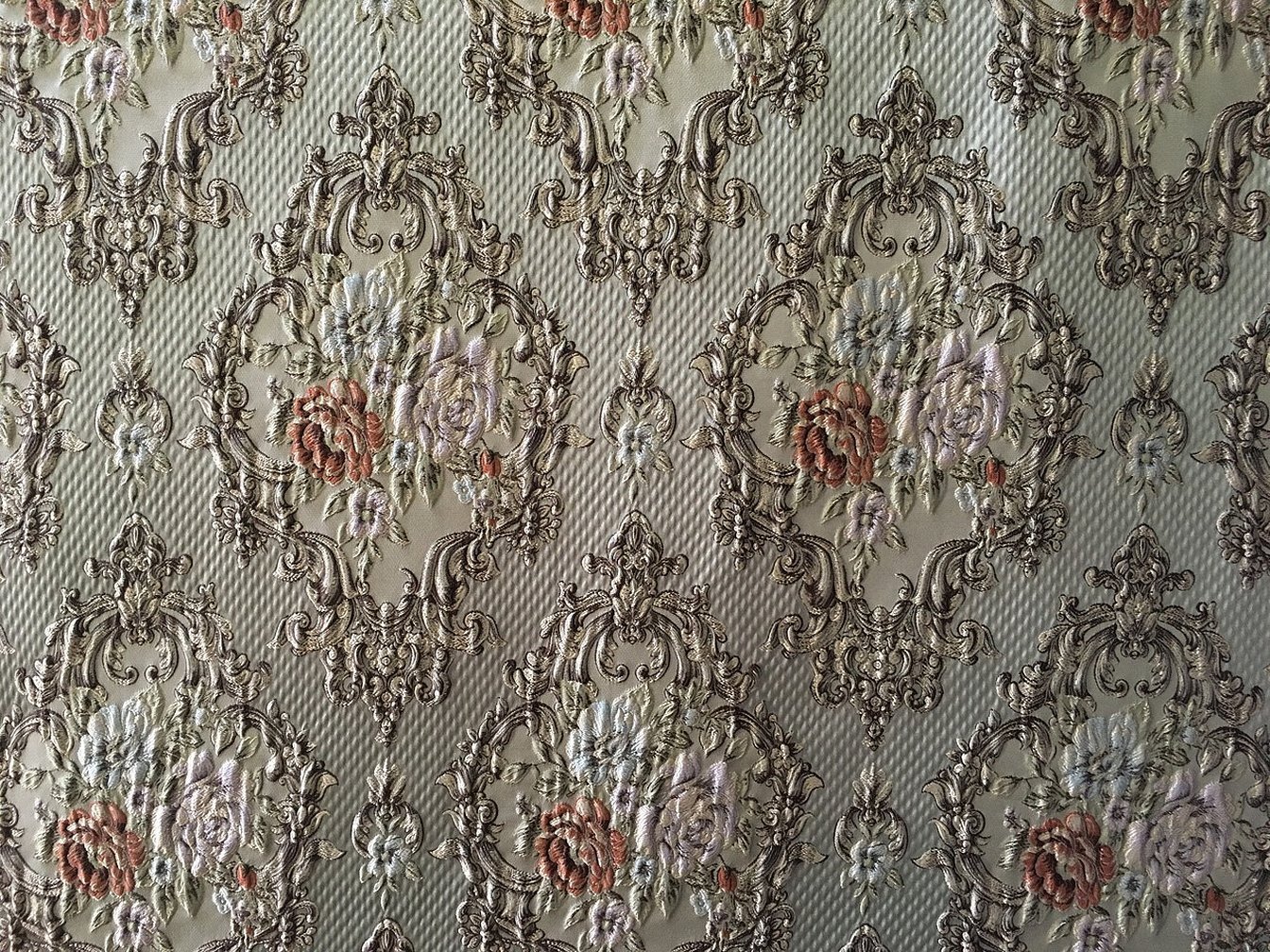
Jacquard is easy to clean from dirt, so it is considered a fairly hygienic textile. Unfortunately, it is difficult to choose a truly high-quality material.
Thermal jacquard
"Beginner" absorber of the market of fabrics for arrangement of surfaces of various furniture. Features of the material:
- Does not absorb moisture.
- Easy to clean from dirt;
- Can be used for a long time.
A unique design that is layered in multiple layers to create unique visual effects.
Scotchgard
A special impregnation for textiles of various types. Thanks to such a protective layer, the fabric does not absorb moisture and fatty substances. This version of the layer is relevant for fabrics that will cover furniture in the kitchen or in the kitchen.
Flock
Flock is an ideal option for a home with children. The fabric is easy to clean even from difficult types of dirt. At the same time, the pattern is easy to make, since the fibers do not crumble on the cuts.
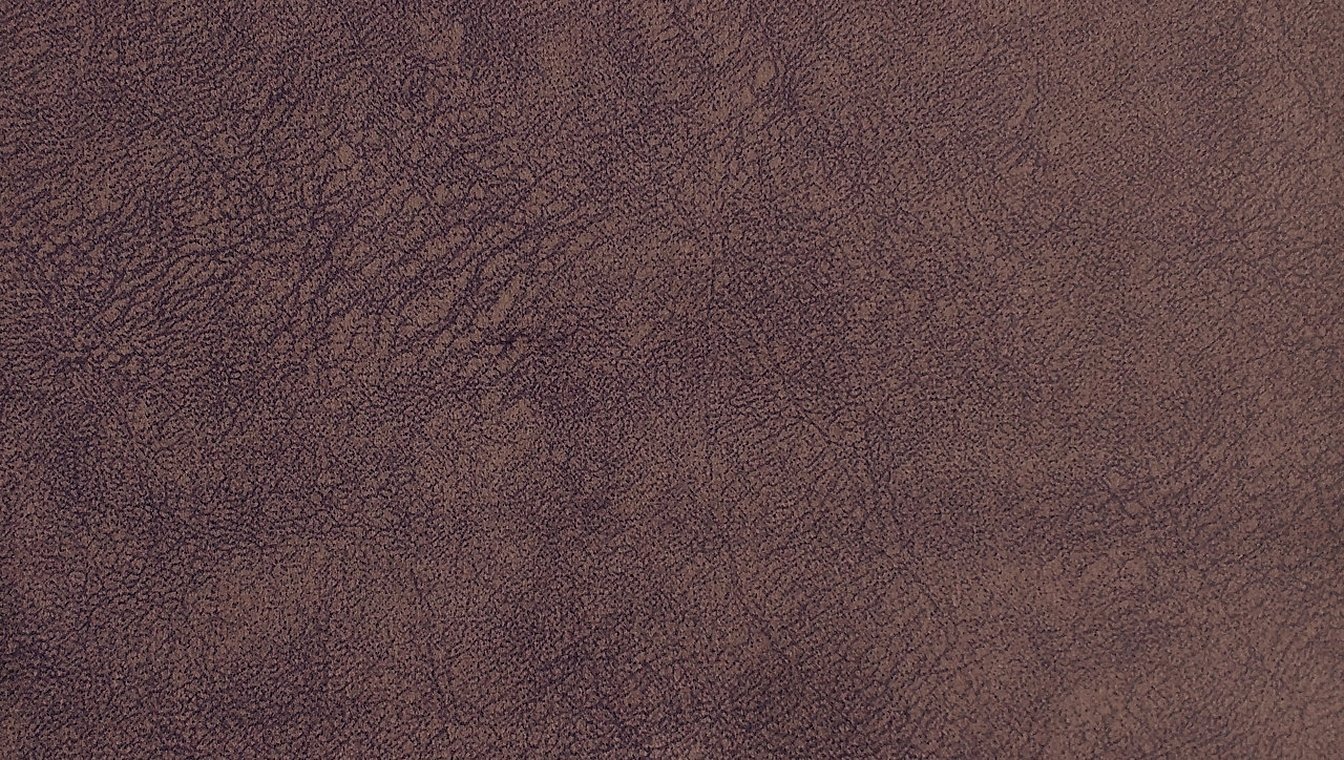
Short soft pile is glued to the sweaty fabric, which gives the flock an aesthetic appeal. You cannot clean the flock with products that contain solvent, bleach, chlorine - the pile will come off.
Velours
Velour chairs have several properties:
- The soft texture of the material does not wrinkle after use.
- A huge variety of prints and colors.
- An inexpensive option for an aristocratic type of upholstery for furniture.
The disadvantage is that the lint quickly falls out and then remains on the clothes. Many cleaning products cannot be used, as the textile may fade.
Microfiber
Microfiber is considered a new generation textile. This type of furniture finishing is used due to its resistance to mechanical impacts of varying degrees. At the same time, weaving is done by combining ultra-thin threads of synthetic origin. It is ideally combined with natural expensive materials.

Alcantara
Alcantara chair upholstery is becoming more common, as the material is an artificial analogue of suede. At the same time, the material is more effective:
- Keeps warm in winter, does not heat up in summer.
- Maintains an attractive appearance for a long time.
- Affordable price.
- A variety of colors.
If you go online, you can find a lot of designer furniture that is upholstered in Alcantara.
Arpatek
Arpatek is the highest quality leather substitute, which displaces many other textile analogues. There are many varieties of arpatek: python, varnish, crocodile, and so on. You can choose the right option for any interior. Additional features:
- hypoallergenic;
- strength;
- low cost;
- does not get dirty.
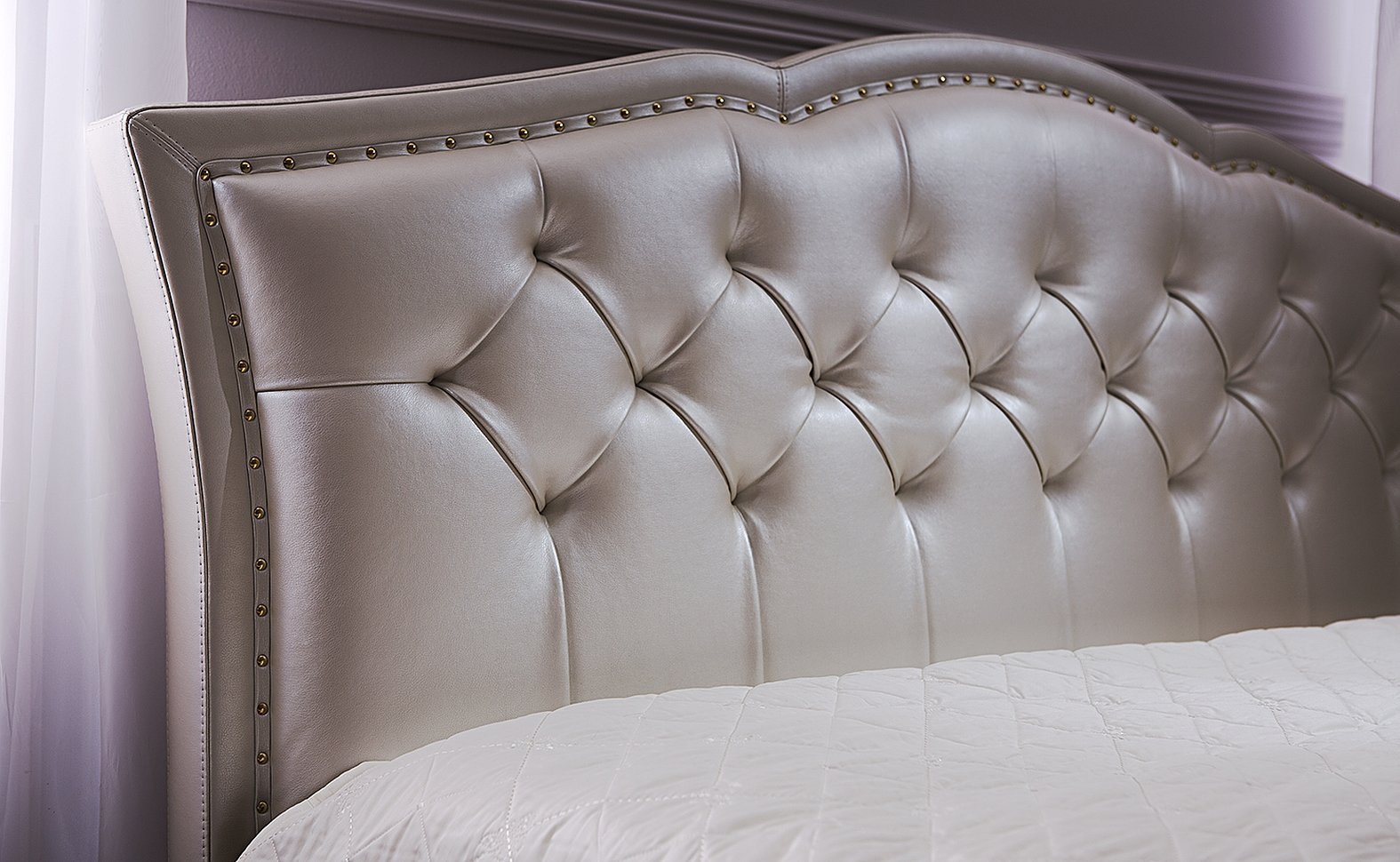
If you cover the chair with arpatek, it will immediately make the furniture more elegant. An ideal option for a high-tech interior.
Tapestry
Tapestry is an ideal upholstery material, which is produced on the same principle as jacquard. But the weaving fiber contains a larger number of threads. The textile is the most natural in composition, although acrylic threads are woven into the fabric to increase density. Sometimes you can find round weaving.
Rohozhka
Rogozhka is a good analogue of chenille. Rogozhka is used most often for covering, as the material has many positive properties:
- The weave is coarse and large compared to chenille.
- Typically, 2 types of fibers of similar shades are intertwined in a checkerboard pattern.
- Does not absorb odor and does not fade in the sun.
- You can clean the surface with a vacuum cleaner or soap solution - dirt will not stick to the threads.
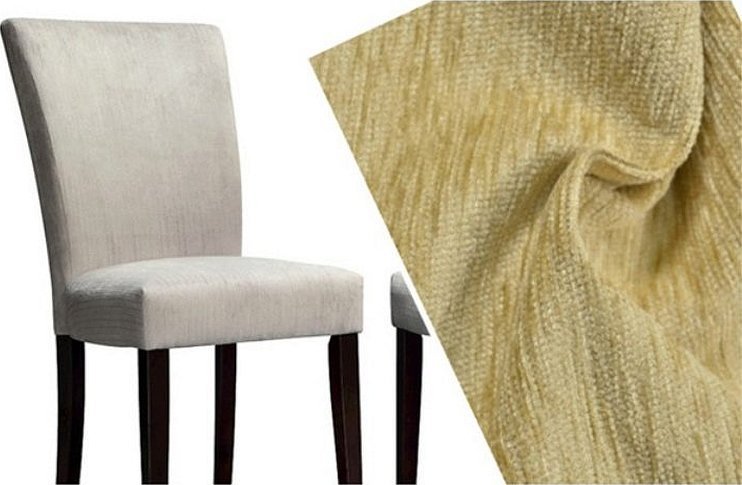
Recreates the effect of a natural surface, so it is often used for finishing furniture that will be part of an eco-style interior. It is not advisable to cover chairs in a house where there are cats - pets love to sharpen their claws on such textured fabric.
Velveteen
The velveteen trim looks aristocratic and expensive. The fabric is soft to the touch with a multi-faceted rib. The color range is varied, and multi-faceted prints are common. It retains its original appearance for a long time, but re-upholstering with such material involves a lot of inconveniences - small debris clings to the pile, it is difficult to clean from dirt, and it quickly accumulates dust.
Artificial and genuine leather
Leatherette and genuine leather are the most popular options for transforming furniture. There are many analogues of genuine leather that have good quality and an attractive appearance.
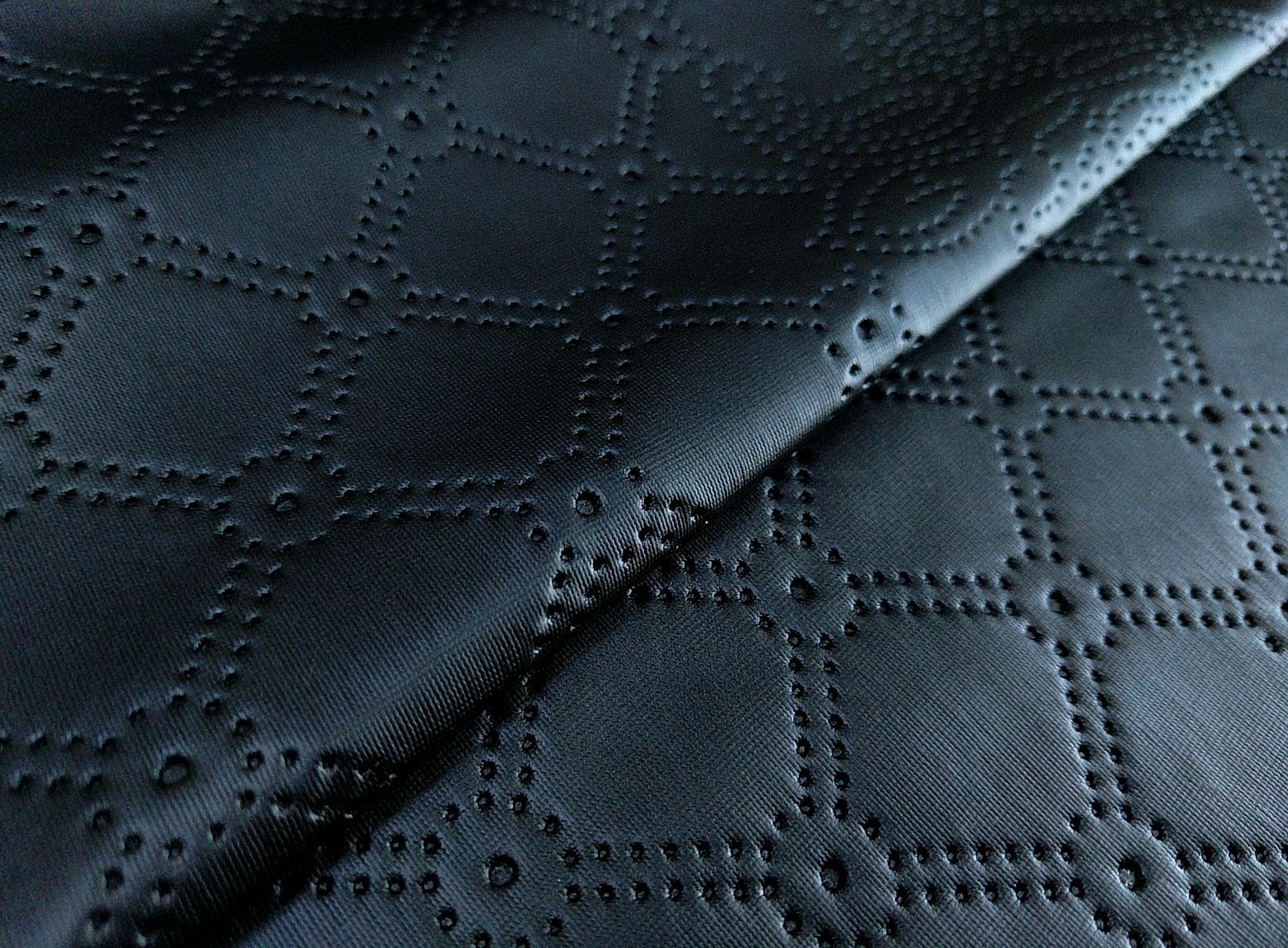
DIY Fabric Chair Covers
To avoid constantly changing the upholstery, it is worth making special chair covers. First, you need to choose the right fabric for chair covers. The material should fit into the interior, be easy to wash, and be of good quality.
Next, you should choose a product sketch. There are many complex options, but there are also simple manufacturing instructions. DIY chair covers made of fabric for beginners are made according to the following algorithm:
- Take measurements from the furniture. It is important to measure the length from the middle of the front legs to the middle of the back legs across the entire body. It is important to take into account all the curves. Determine the width of the back and seat.
- Make a pattern. You will get one piece - a wide strip of fabric.
- Process the edges of the cut.
- Place the workpiece on the chair. Sew the ribbon on both sides where the bend from the back to the seat is formed. Tie the ribbon behind the back.
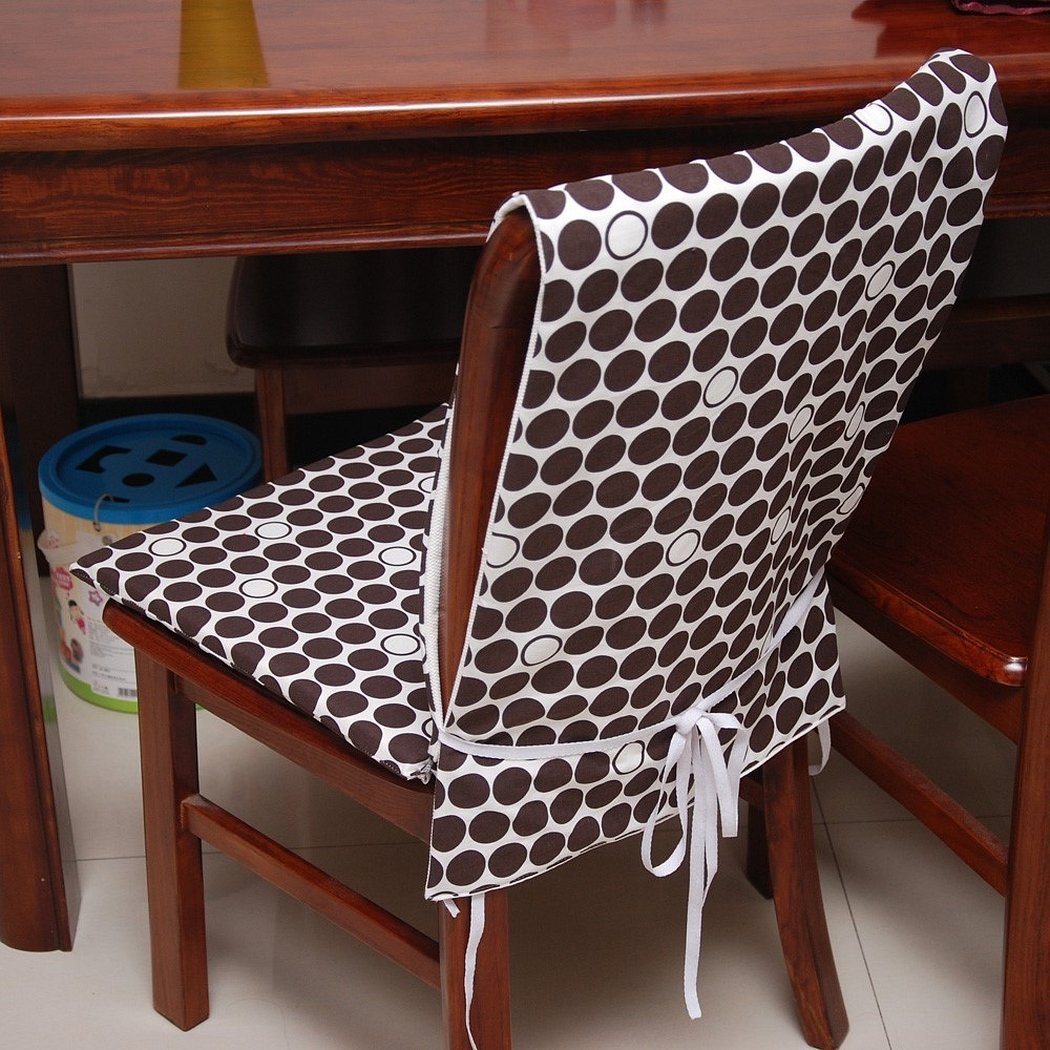
Such a cover can become the basis for a children's version of the product - it is enough to make an applique of a muzzle or sew on beads, buttons. You can make a soft cape by making a lining, which in turn will be stuffed with synthetic padding or foam rubber.
How to cover a chair with leatherette
Often it is necessary to change the upholstery on chairs. To do this, you must first disassemble the chair. Clean the parts from the old upholstery. If necessary, replace the soft filling. Then it becomes how to cover a chair with leatherette:
- Place the seat on the piece of leatherette. Trace the shape with some allowance for the fold.
- Cut out the piece. Pin the pattern to the bottom of the piece using a construction stapler.
- Repeat with the back as well.

It is also possible to restore a stool.
Over time, the appearance of upholstered furniture, particularly chairs, becomes unattractive. Often the problem concerns damage to the upholstery. You can replace the old covering without any problems and special equipment. It is important to choose the right fabric for this. From such material, you can create protective covers by sewing.



